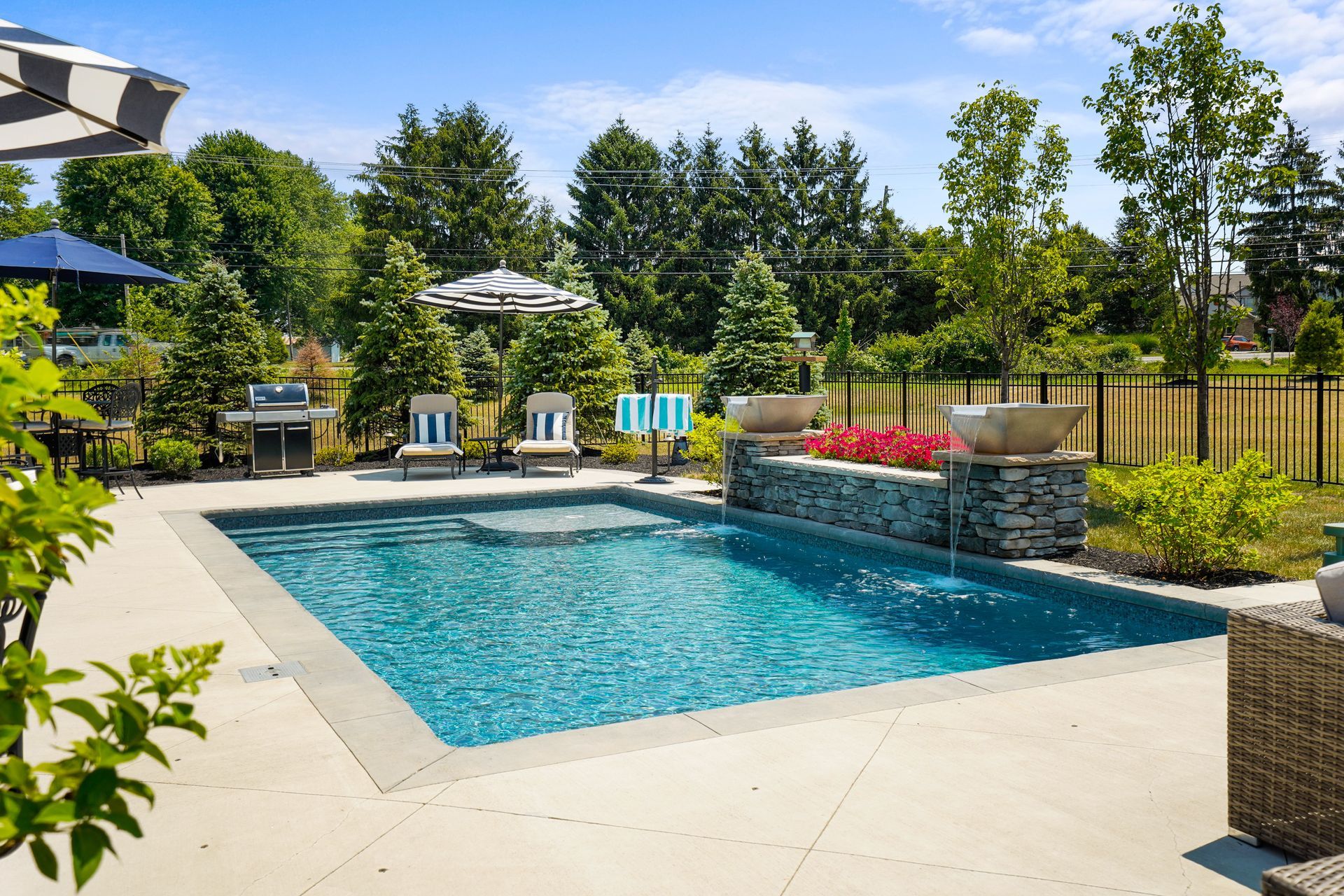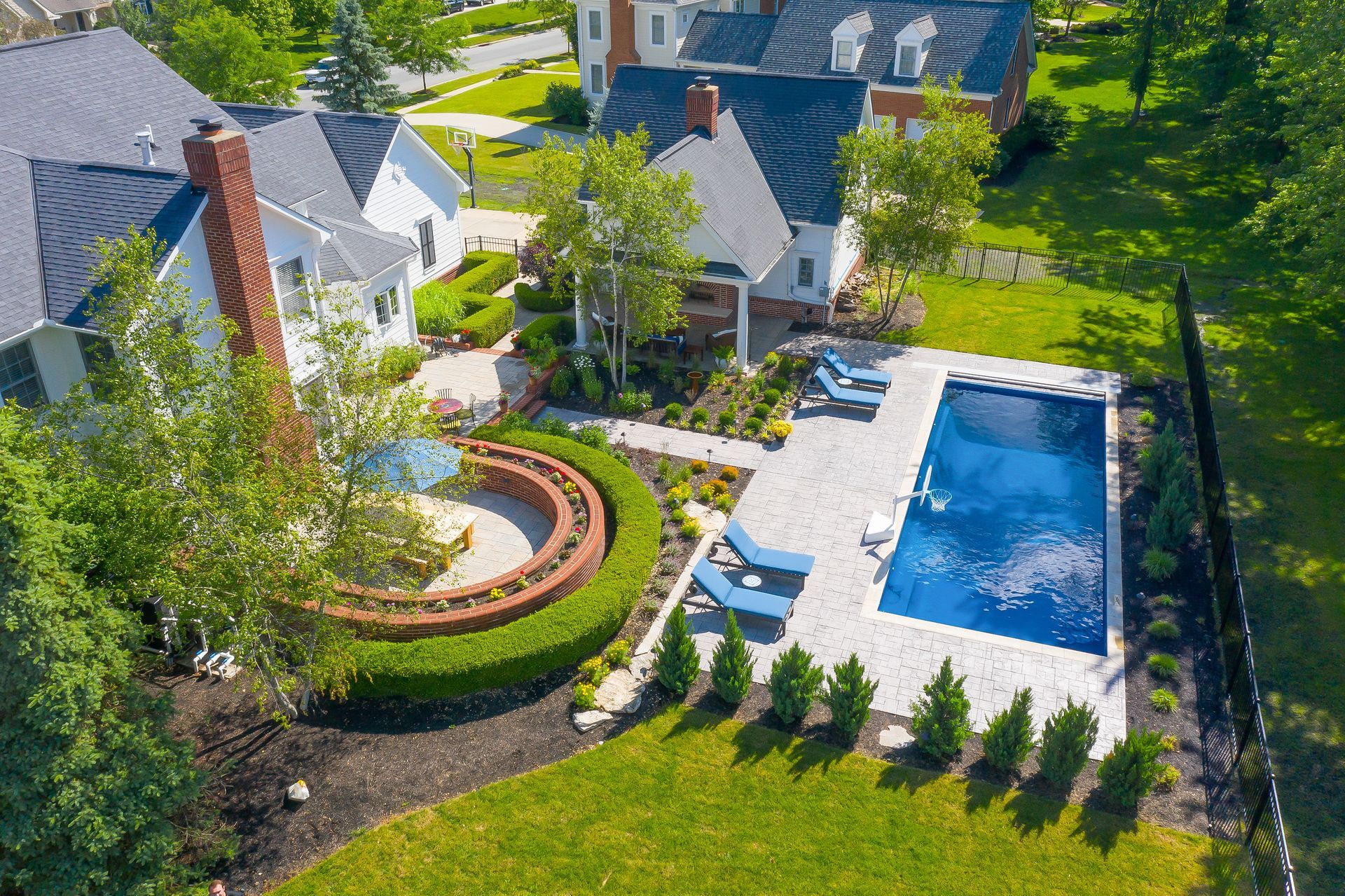Our Guide to Maintaining Algae-Free Hardscape Surfaces
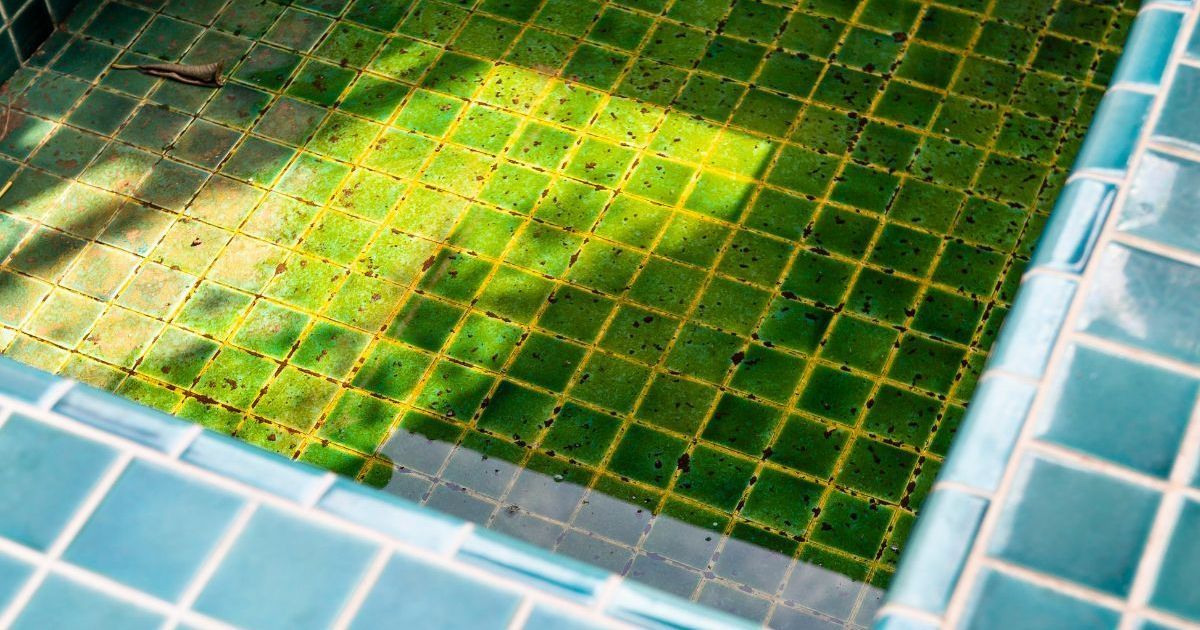
A lush, green backyard oasis is what every homeowner dreams of, but when that dream turns into an unwanted growth of moss or algae on hardscape surfaces, it can be a cause for concern. Fear not! At Omni, we understand the challenges homeowners face in maintaining their outdoor spaces, and we're here to guide you through effective solutions to address and prevent moss and algae growth on your hardscape surfaces.
Before delving into the solutions, let's understand what we're dealing with. Moss and algae are common nuisances that thrive in damp, shaded areas. Fortunately, preventing this issue and enforcing long-term protective measures aren’t complicated tasks.
Prevention Tip 1: Sunlight Exposure
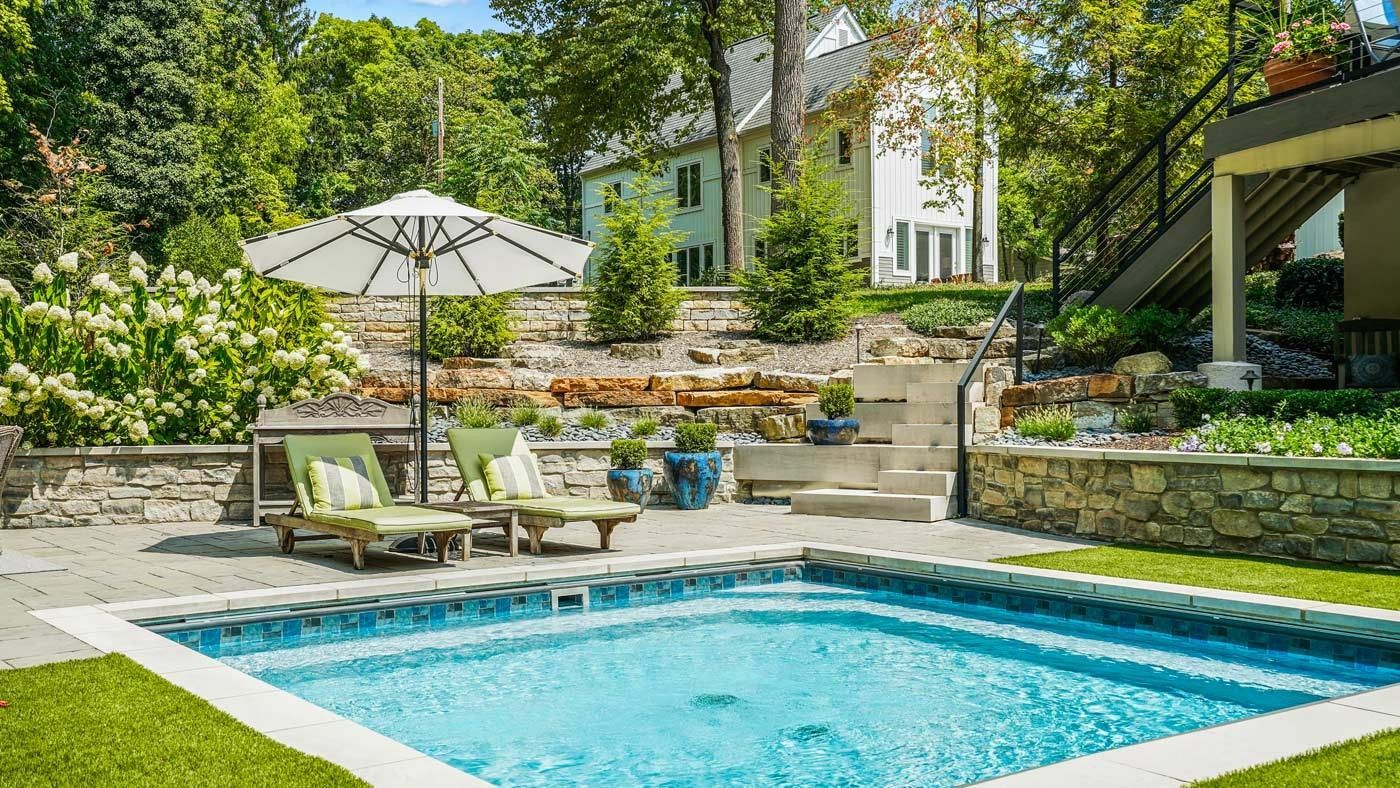
One of the most effective ways to prevent moss and algae growth is to increase sunlight exposure. Trim overhanging branches and foliage to allow more sunlight to reach hardscape surfaces. This not only discourages growth but also enhances the overall aesthetics of your outdoor space.
Prevention Tip 2: Seal Surfaces
Consider sealing your hardscape surfaces. Sealants create a protective barrier that inhibits the growth of moss and algae. Consult with our experts to choose the right sealant for your specific hardscape materials.
Prevention Tip 3: Regular Cleaning
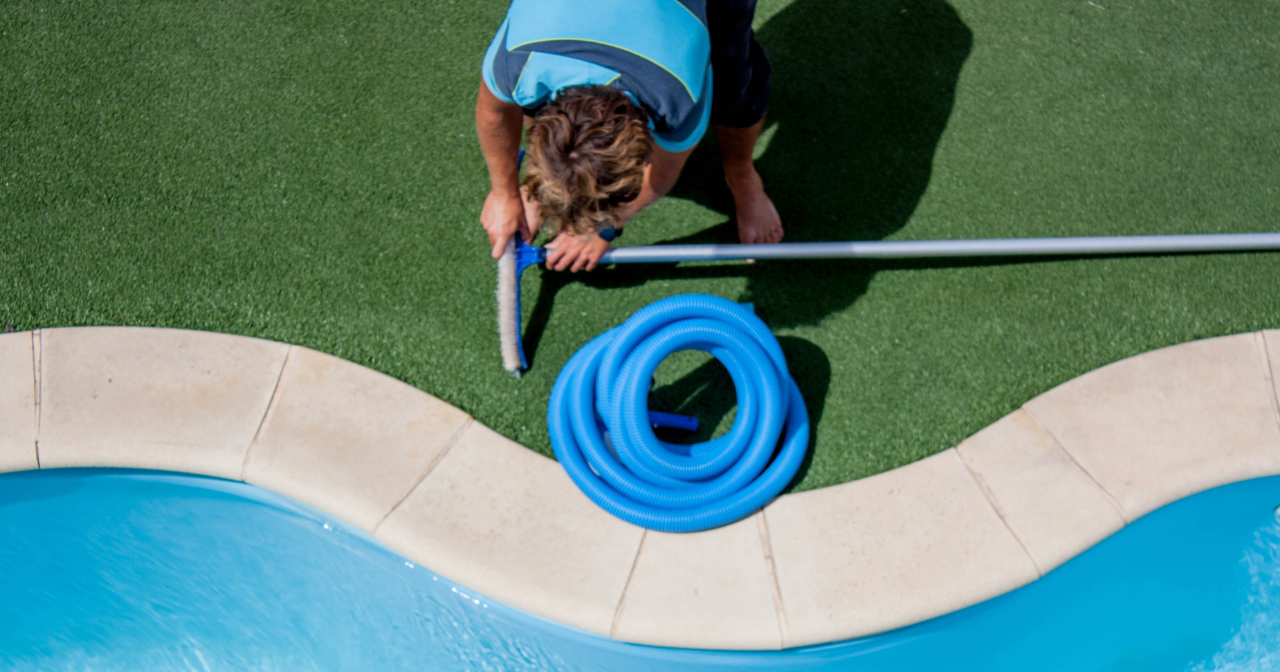
Regular cleaning disrupts the unwanted greens’ growth cycle, keeping your hardscape pristine. Use a stiff brush, water, and mild detergent to scrub away any organic matter that may provide a breeding ground for moss and algae.
Removal Tip 1: Power Washing
Power washing is an effective method to remove existing moss and algae. Adjust the pressure to avoid damage to delicate surfaces, and use a detergent specifically formulated for this purpose. It's a quick and efficient way to restore the original beauty of your hardscape.
Removal Tip 2: Vinegar Solution
For a natural and eco-friendly approach, mix equal parts white vinegar and water. Apply the solution to affected areas, scrub with a brush, and rinse thoroughly. The acidity of vinegar helps break down moss and algae, leaving your hardscape clean as can be!
Removal Tip 3: Pressure Steam Cleaning
An easy solution most of us have in our closets, high-temperature steamers not only remove moss and algae but also kill spores, preventing regrowth. Exercise caution on delicate surfaces and test a small area first.
When implementing these tactical approaches, it's essential to consider the type of hardscape material you have, as some methods may be more suitable for certain surfaces than others. Remember, a little proactive care goes a long way in maintaining a hardscape that stands the test of time. If you have any questions or need assistance, don't hesitate to reach out to us. Regular communication and education about proper maintenance practices ensure our customers’ satisfaction and is our top priority!
OMNI LEARNING CENTER
RECENT POSTS

